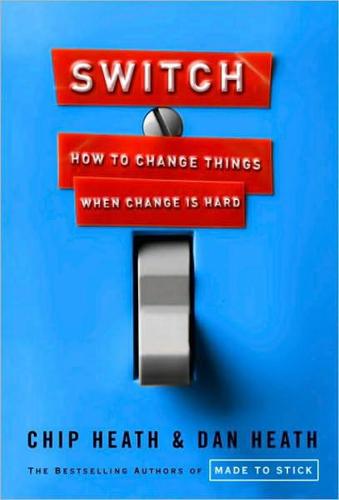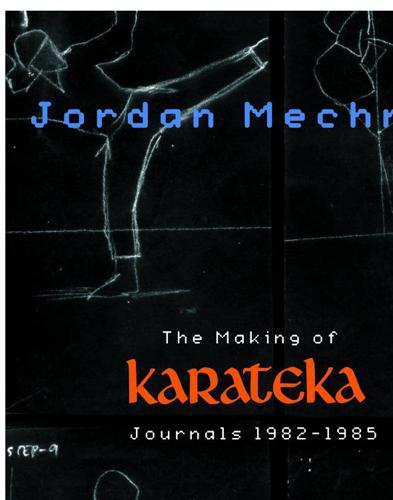
Also Human: The Inner Lives of Doctors
by
Caroline Elton
Published 1 Mar 2018
female trainees are more positive: Maybury, C., “The European Working Time Directive: A Decade On,” The Lancet 384:9954 (2014), pp. 1562–1563. psychiatrist Gwen Adshead: Adshead, G., “Becoming a Caregiver: Attachment Theory and Poorly Performing Doctors,” Med Edu 44:2 (2010) pp. 125–131. Libby Zion: Patel, N., “Learning Lessons: The Libby Zion Case Revisited,” Journal of the American College of Cardiology 64:25 (2014), pp. 2802–2804. residents’ duty hours: Temple, J., “Resident Duty Hours Around the Globe: Where Are We Now?,” BMC Med Educ 14 (Suppl 1): S8 (2014). A systematic review of 135 studies on the impact: Ahmed, N., et al., “A Systematic Review of the Effects of Resident Duty Hour Restrictions in Surgery,” Ann Surg 259:6 (2014), pp. 1041–1053.
…
In addition, the introduction in 2005 of three placements each of four months (as opposed to two placements of six months) has made it harder for foundation doctors; instead of having to find their place in two teams each year, they now have to settle into three. In 1984 a young woman named Libby Zion was admitted to a hospital in New York City complaining of a fever and earache. Six hours after admission she was dead, due to a rare interaction between drugs she had taken prior to admission and drugs that were administered in the hospital. Following Libby’s death, her father, who was a New York Times journalist, campaigned for a full investigation into what had happened.
…
Following Libby’s death, her father, who was a New York Times journalist, campaigned for a full investigation into what had happened. The grand jury brought no criminal charges against the two junior doctors concerned—instead they indicted a medical education system that had allowed the error to occur. It took nineteen years from Libby Zion’s death for any limits on residents’ duty hours to be brought into effect in the United States. Finally, in 2003, a weekly limit of eighty hours was imposed. Further limits were implemented in 2011, restricting first-year residents to working no more than sixteen hours in one day. In Denmark a normal week for trainee doctors is thirty-seven hours.

Confessions of a Surgeon: The Good, the Bad, and the Complicated...Life Behind the O.R. Doors
by
Paul A. Ruggieri
Published 3 Jan 2012
It all changed because of the unexpected death of a patient in a New York city hospital in 1984. Libby Zion walked into an emergency room, ill and looking for care. She left in a body bag. Her father was a high-profile citizen of the city and would not accept the initial explanations of her death as fact. At his legal and political urging, state authorities investigated the details of Libby’s care (helped along by his vigorous lawsuit). In the end, the legal case and investigation uncovered what most residents already knew and lived. Libby Zion’s death exposed the exhaustive pressures and lack of supervision that were the norm in many training programs, both of which increased the potential for serious mistakes, and led to reforms including the number of hours residents could work continuously without sleep.
…
I believe the day will come, unfortunately, when regulatory policies and protocols are going to dictate to me whom to operate on, where to cut, how long my operation should take, what instruments to use, and how much time I am allowed to spend on each operation. Someday, there will come a time when a regulatory entity will figuratively take the scalpel blade right out of my hand. When that day arrives, there will be no more surgeons left to do the cutting. Bibliography Asch, D. A., and R. H. Parker. “The Libby Zion Case.” New England Journal of Medicine 318 (1988): 771–75. Bishop, T. F., et al. “Physicians’ Views on Defensive Medicine: A National Survey.” Archives of Internal Medicine 170 (2010): 1081–83. Carter, P. L. “Remembering Dr. Jim Gillespie.” American Journal of Surgery 201 (2011): 561–64. DesRoches, C.

Switch: How to Change Things When Change Is Hard
by
Chip Heath
and
Dan Heath
Published 10 Feb 2010
Where do you start? In 1984, Libby Zion, an 18-year-old freshman at Bennington College, at home visiting her parents in Manhattan, died in a New York teaching hospital. She’d been given the wrong medication by a medical resident who’d been working for over 19 hours. Her death sparked an outcry over the excessive hours worked by medical interns. (Interns are first-year residents. They’ve completed three years of medical school and are beginning full-time work in hospitals.) Traditionally, interns have worked an astonishing 120 hours per week. The story of Libby Zion became the centerpiece of a campaign to limit the workweeks of medical residents.

The Making of Karateka: Journals 1982-1985
by
Jordan Mechner
Published 26 Dec 2012
And a glowing review in InCider. April 18, 1985 Robert delivered the final disk of C-64 Karateka. He’s leaving for Japan at 7:30 tomorrow morning. It’s out of my hands. Liz told me Apple Karateka is now #8 on the Softsel chart. Wow. That impressed me. Went to hear Mike Nichols interviewed by Nora Ephron (the “Libby Zion Lecture”). I left inspired to grow up and do something. Like make movies. Nichols: “If you get the jokes right, everything else will fall into place naturally.” And: “‘What is it really like?’ If you can make it true for you, everyone else will say ‘Oh yes, that’s true for me, too.’” The Two Questions a filmmaker should keep asking himself, at every moment: “What is this really like in life?”

Intern: A Doctor's Initiation
by
Sandeep Jauhar
Published 26 Dec 2007
Night float was a relatively new concept in residency training. Older physicians, like Dr. Wood, had trained under a very different system, when call was every second or third night and residents routinely stayed up for thirty-six hours at a stretch. But things started to change late one spring evening in 1984, when a young woman named Libby Zion entered the emergency room at New York Hospital. She was agitated and running a high fever. Eight hours later, she was dead. Though the exact cause of her death remains a mystery, her case aroused intense debate over what until then had been little discussed: the way residents are trained in New York State.